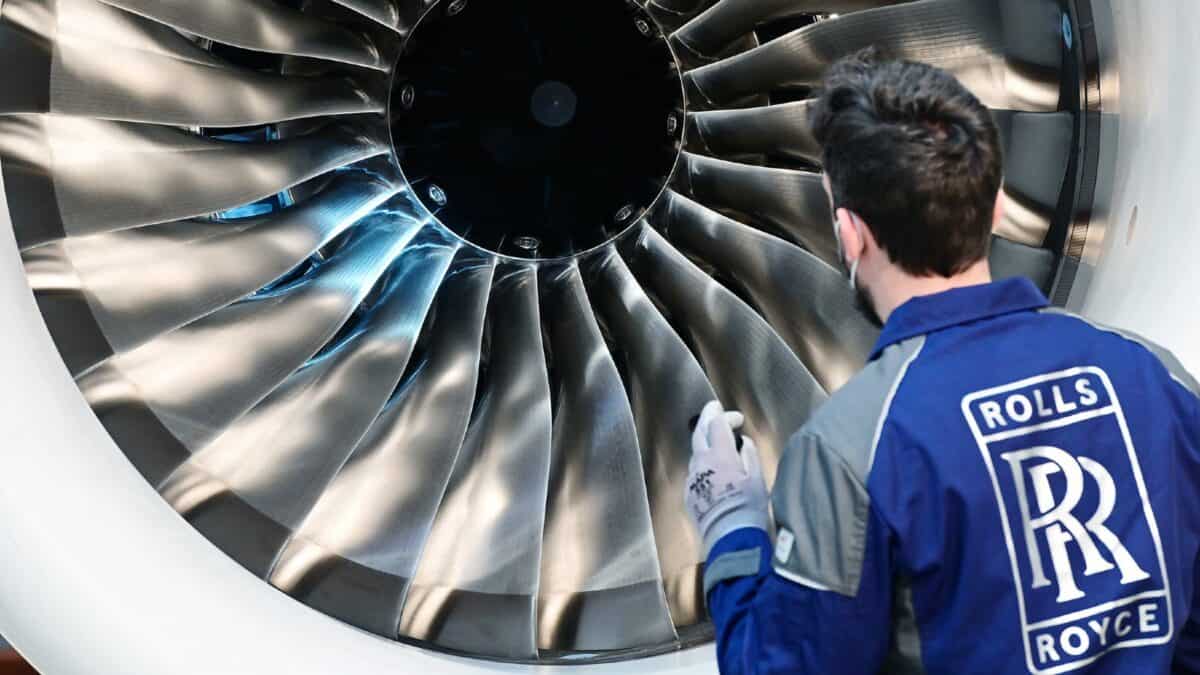Dividends are a fantastic source of passive income. But for Rolls-Royce (LSE:RR.) shareholders, it’s been four years since any got paid.
In the wake of the pandemic, the decimation of the group’s revenues saw the end of its dividend, which had been declining since 2014. However, they’re finally making a comeback with a vengeance.
Under new leadership, the engineering giant returned from the brink of bankruptcy and now trades at record highs. Free cash flow has made an explosive return, with underlying operating profits quickly following. Subsequently, debt’s getting back under control, and the firm’s officially announced the return of shareholder dividends.
So how much do I need to invest in Rolls-Royce to earn £2,000 in passive income under the new dividend policy? Let’s find out.
Crunching the numbers
The exact dividend being paid in 2024 hasn’t been specified. However, management’s promised to deliver 30% of underlying profits after tax this year. And this payout ratio’s expected to continue moving forward, potentially reaching up to 40%, depending on performance.
So let’s make an estimate. Based on the latest guidance, underlying operating profits for 2024 are expected to land between £2.1bn and £2.3bn. Let’s be conservative and use the smaller number. Over the last five years, Rolls-Royce has paid an effective tax rate of roughly 20%. So assuming this continues, the underlying profits after tax for 2024 are on track to land around £1.68bn.
Thirty percent of this is £504m. Dividing this by the 8.5bn shares outstanding, an estimated dividend per share of 5.93p is returned. So if investors want to earn £2,000 a year, they’ll need to have 33,726 shares in their portfolio. And that costs just shy of £156,460.
Is it worth it?
At 5.93p, Rolls-Royce shares will pay the highest dividend seen since 2015. But with the share price surging over the last 18 months, it’s a yield of just 1.28%. Considering the FTSE 100 currently offers 3.64%, it doesn’t scream “amazing income opportunity”. For reference, to earn £2,000 in passive income with a FTSE 100 index tracker, investors would need £54,950 – far less than Rolls-Royce demands.
However, just because the yield’s low today doesn’t mean it will stay that way. The firm has targeted an underlying profit target of up to £2.8bn by 2027. A 20% tax rate and a 30% payout ratio would boost the dividend to 7.9p per share, coming in just shy of 2014’s 7.93p.
In other words, dividends look set to grow by 33% over the next three years. And if this trend continues thereafter, today’s mediocre yield could expand into something far more significant in the long run.
Personally, I think there are other more lucrative passive income opportunities to explore right now. So I’m not tempted to start snapping up Rolls-Royce shares right now.








